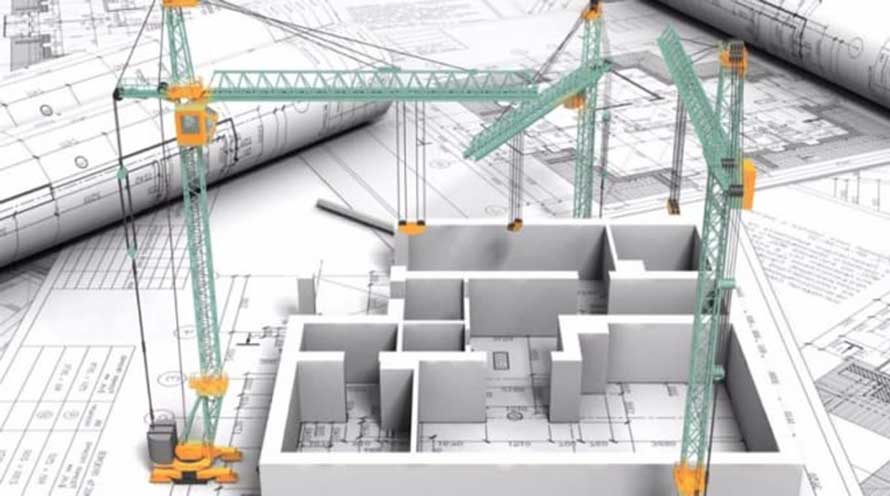Yet, their possibility depends on the stability of your foundation and how it has been constructed.
One of the major components that affects this is the soil and location.
This is when structural engineering comes into play.
Structural engineering is a scientific process based on proven theories, research, experiments and sound experiences.
This process is also known as structural analysis and involves predicting the effects on these elements and their behaviour due to actions which they are subject to.
Having identified the effects on these elements and their behaviour, section properties are determined based on required strength and stiffness.
“A structural engineer identifies and evaluates actions that affect a structure and determines effective and efficient load paths based on the shape of the structure,” said Ranjith Wijegunasekera, an Intermediate Rise Structural Engineer.
In construction, the role of a structural engineer is to support architects' designs and advise clients and contractors on structure related problems.
For a homeowner working with a structural engineer would mean that they could create a stable, robust, economical and aesthetically pleasing structural scheme.
In post construction, they may consult structural engineers when they require any alteration or modification to the original design and get a professional opinion when they feel the structure is undergoing distress.
Given the number of building collapses taking place in a year, the involvement of a structural engineer in the building process is becoming even more important.
The primary task of such an engineer after receiving the plan of the construction is to study the environmental factors of the proposed site.
He then liaises with the architect and building service engineers to propose a viable structural scheme.
In terms of Sri Lanka due to the country’s position and variation in land in different cities, getting a professional opinion based on where you intend to construct your building is necessary.
In Colombo one of the major concerns besides occupancy, environmental and geotechnical factors is the effect on adjacent buildings due to ongoing construction activities.
This is because the city is becoming even more populated with constructions taking place in almost every part.
In cities like Kandy and other hilly areas, constructing buildings in sites prone to landslides as per the National Building Research Organization (NBRO) classification should be avoided.
“When a hilly site is subject to loading from construction and other activity, there is a tendency to destabilise the slope.
Hence, the stability of the slope should be analysed by a thorough geotechnical investigation with recommendations provided by a geotechnical specialist,” said Ranjith.
The recent building collapse in Kandy also brought about the need for a national building code that is specifically designed for Sri Lanka.
Commenting on this Ranjith said, “A national building code is of paramount importance.
These guidelines can bring designers and reviewers on to the same platform and bring standardisation to design of buildings.
Alternatively, we could develop a national annexure with country specific data to an existing, recognised code of practice”.
When constructing a building it is important to prioritise the site.
This is because the foundation of the building is affected by the topography and ground condition.
Budgetary constraints from a financial sense, and accessibility to utilities from a planning sense are also essential.
However, over time due to deterioration and other factors, buildings eventually encounter possibilities of a defect with signs showing early on.
Some of them are clear through progressing cracks, settlements in foundation and crookedness in structural elements.
Paying attention to these early on can reduce larger impacts that could affect the entire structure later.






















